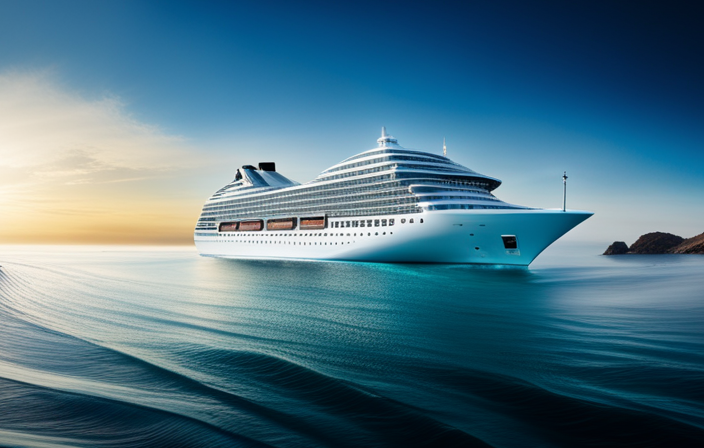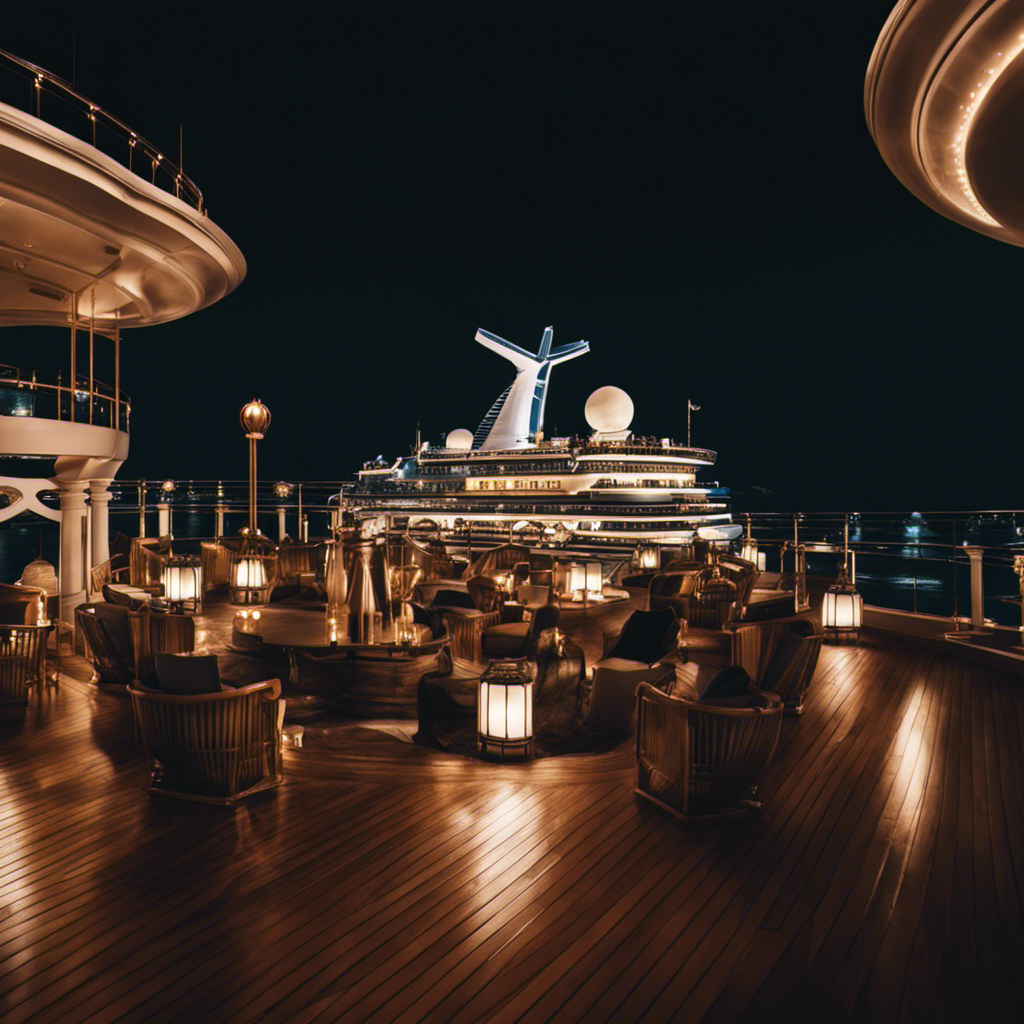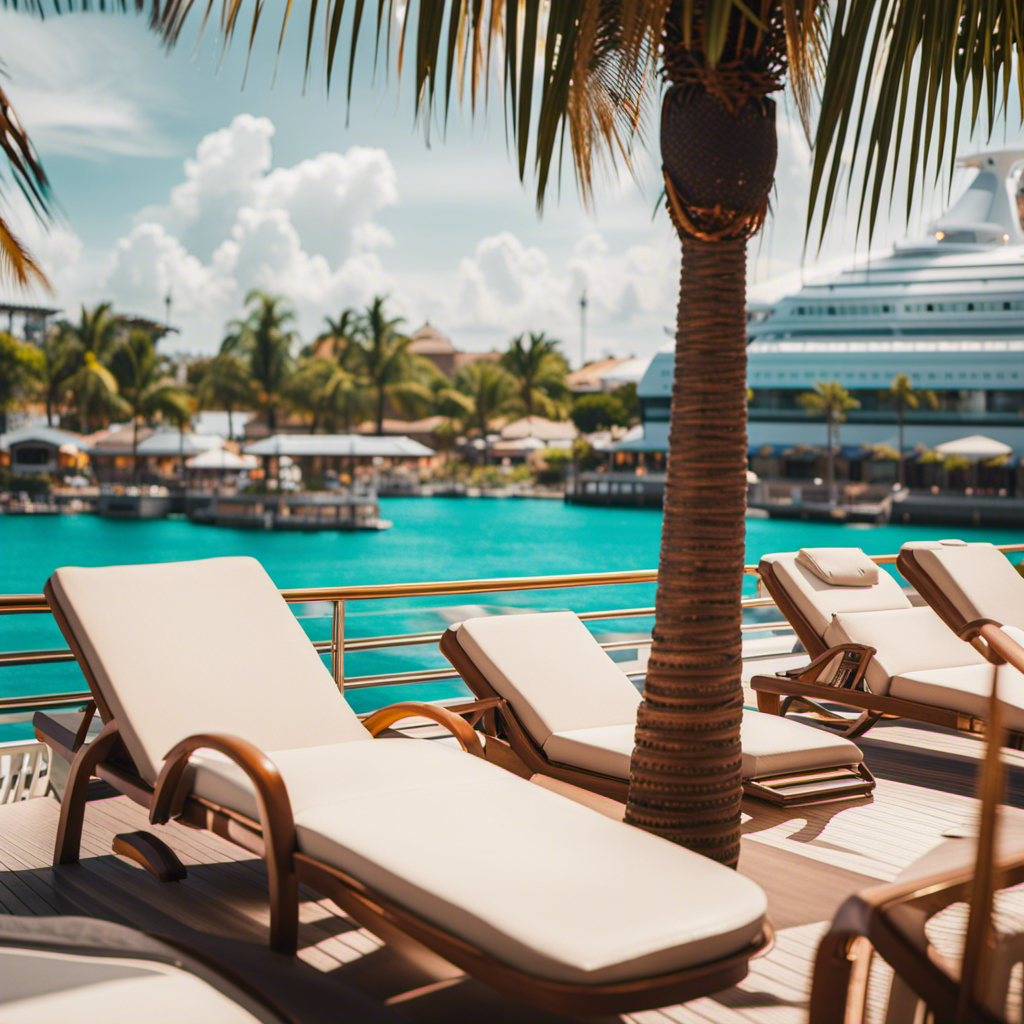As the old adage reminds us, time is crucial. This is especially the case in the realm of aviation. As someone who often flies, I’ve been fascinated by the complexities of maintaining an exact speed during flight. What exactly is meant by cruise speed, and why is it critical in ensuring air travel is efficient?
Cruise speed, simply put, is the speed at which an aircraft maintains a steady and level flight during its journey. It plays a crucial role in determining the fuel efficiency, range, and overall performance of the aircraft. As a passenger, it may seem like a minor detail, but the choice of cruise speed can have a significant impact on the duration of your flight and the amount of fuel consumed.
In this article, we will delve into the factors that affect cruise speed, the importance of fuel efficiency, and how altitude comes into play. We will also explore the safety considerations and the variations in cruise speed among different aircraft. Lastly, we’ll look at the technological advances that continue to shape the future of cruise speed and air travel efficiency.
So buckle up and join me on this technical journey to unravel the mysteries of cruise speed in air travel.
Key Takeaways
- Cruise speed is influenced by factors such as air traffic, weather patterns, and safety considerations.
- Altitude and temperature variations can impact cruise speed due to changes in air density and engine efficiency.
- Technological advances, such as more efficient engines and aerodynamic designs, have improved cruise speed and fuel efficiency.
- Future trends in cruise speed and air travel efficiency include advancements in technology, fuel-efficient engines, optimized flight routes, and a focus on sustainability.
Definition of Cruise Speed in Air Travel
Cruise speed is the sweet spot where an airplane glides gracefully through the sky, effortlessly slicing through the clouds like a sleek silver arrow. It is the optimal speed at which an aircraft operates during the majority of its flight, striking a balance between efficiency and performance.
Several factors affect cruise speed, with fuel consumption being a critical consideration. To maximize fuel efficiency, pilots must carefully calculate and adjust their aircraft’s speed based on various factors, such as weight, altitude, and wind conditions.
Additionally, weather conditions play a significant role in determining the ideal cruise speed. Strong headwinds can slow down an aircraft, increasing fuel consumption, while tailwinds can provide a boost, reducing fuel usage.
Understanding these factors and their impact on cruise speed is essential for pilots to ensure a smooth and efficient flight.
Factors Affecting Cruise Speed
Sailing through the skies, the velocity at which an aircraft glides towards its destination is influenced by a myriad of factors. These factors affecting aircraft performance play a crucial role in determining the cruise speed of an aircraft. Here are some key factors to consider:
-
Aerodynamics: The shape and design of the aircraft greatly affect its performance. A streamlined shape reduces drag and improves fuel efficiency.
-
Weight: The weight of the aircraft, including passengers, cargo, and fuel, impacts its ability to maintain a desired speed.
-
Engine Power: The thrust generated by the engines plays a significant role in the aircraft’s ability to maintain cruise speed.
-
Altitude and Temperature: Higher altitudes and lower temperatures affect air density, which in turn affects the aircraft’s performance.
Understanding these factors and their impact on cruise speed is crucial for pilots and engineers to optimize aircraft performance. Fuel efficiency, as we will explore in the next section, is one of the key aspects influenced by cruise speed.
Importance of Fuel Efficiency
To maximize your flying experience and save money on fuel costs, it is crucial to understand the importance of fuel efficiency in your aircraft. Fuel consumption plays a significant role in determining the overall efficiency of your aircraft, as it directly affects the range and endurance of your flight. By optimizing fuel efficiency, you can extend your aircraft’s range and reduce the need for frequent refueling stops, which can save both time and money. Moreover, fuel efficiency has a positive environmental impact by reducing carbon emissions and minimizing the aircraft’s ecological footprint. Understanding how different factors, such as aircraft weight, altitude, and airspeed, affect fuel consumption is essential in achieving optimal fuel efficiency. By optimizing fuel efficiency, you can determine the optimal cruise speed for your aircraft, ensuring a smooth and efficient flight.
Determining the Optimal Cruise Speed
Finding the perfect speed to soar through the skies can make your flight more enjoyable and save you money on fuel costs. Determining the optimal cruise speed involves considering various factors that affect fuel consumption.
One of the key factors is the aircraft’s aerodynamic efficiency, which is influenced by its design and shape. The weight of the aircraft also plays a crucial role, as heavier planes require more fuel to maintain speed. Additionally, weather conditions such as wind speed and direction can impact fuel efficiency, as flying against strong headwinds can increase fuel consumption.
By carefully analyzing these determining factors, pilots can calculate the most fuel-efficient cruise speed for their aircraft. This knowledge allows them to fly economically and minimize their environmental impact.
Transitioning to the next section, the altitude at which the aircraft cruises also affects its speed.
Impact of Altitude on Cruise Speed
Soaring through the sky at higher altitudes is like being on top of the world, where the air is thinner and the aircraft effortlessly glides through the atmosphere. The impact of altitude on cruise speed is significant, affecting both fuel consumption and engine performance. Here are four key factors to consider:
-
Reduced air density: As you climb higher, the air becomes less dense, leading to decreased drag on the aircraft. This allows for higher cruise speeds without requiring excessive engine power.
-
Improved fuel efficiency: With reduced drag, the engine doesn’t have to work as hard to maintain the desired speed. This results in lower fuel consumption, making higher altitudes more fuel-efficient.
-
Enhanced engine performance: At higher altitudes, the engine’s efficiency improves due to the lower air density. This results in better overall engine performance, allowing for higher cruise speeds.
-
Longer flight range: The combination of reduced drag, improved fuel efficiency, and enhanced engine performance at higher altitudes leads to a longer flight range, enabling aircraft to cover more distance in less time.
Understanding the impact of altitude on cruise speed is crucial for optimizing flight operations. This knowledge sets the stage for exploring the relationship between cruise speed and time of flight.
SUBSEQUENT SECTION: ‘Relationship Between Cruise Speed and Time of Flight’
Relationship Between Cruise Speed and Time of Flight
Get ready to discover how your choice of cruising velocity can impact the duration of your flight!
The relationship between cruise speed and time of flight is influenced by several factors, including fuel consumption and weather conditions.
When it comes to fuel consumption, a higher cruise speed typically leads to increased fuel usage, resulting in shorter flight times. However, it’s important to note that this relationship is not linear, as other variables such as wind direction and speed can also affect fuel consumption.
Additionally, weather conditions play a crucial role in determining the optimal cruise speed. Strong headwinds can slow down the aircraft, increasing the time of flight, while tailwinds can have the opposite effect.
As we delve into safety considerations at cruise speed, it is crucial to understand the impact of these factors on flight operations.
Safety Considerations at Cruise Speed
After understanding the relationship between cruise speed and time of flight, it is crucial to consider the safety measures associated with maintaining a steady speed during this phase of the journey.
Safety at cruise speed is of utmost importance to ensure a smooth and secure flight. Pilots undergo rigorous training to handle various situations that may arise at this stage, such as avoiding turbulence and maintaining proper altitude.
They are trained to constantly monitor the aircraft systems and weather conditions to ensure a safe flight. Additionally, pilots are skilled in making real-time decisions to adjust the speed if necessary, taking into account factors like air traffic and weather patterns.
These safety considerations, along with the pilot’s expertise, play a significant role in minimizing the risk during the cruise phase.
Now, let’s explore the variations in cruise speed among different aircraft.
Variations in Cruise Speed Among Different Aircraft
Pilots of different aircraft types may find themselves navigating through the sky at varying paces, akin to a fleet of elegant dancers performing a synchronized routine with their own unique tempo. These variations in cruise speed among different aircraft arise from differences in aircraft performance, which are influenced by factors such as engine power, aerodynamics, and weight.
Larger commercial aircraft, for example, tend to have higher cruise speeds than smaller general aviation planes due to their more powerful engines and streamlined designs. Additionally, weather conditions play a significant role in determining cruise speed. Strong headwinds can reduce an aircraft’s groundspeed, while tailwinds can increase it.
Furthermore, altitude and temperature can also affect an aircraft’s performance, as higher altitudes generally result in lower air density and temperature variations can impact engine efficiency. These variations in cruise speed highlight the importance of pilots constantly monitoring their aircraft’s performance and adapting to changing weather conditions.
Technological advances have also played a role in improving cruise speeds, which will be explored in the subsequent section.
Technological Advances Affecting Cruise Speed
Imagine the exhilarating feeling of soaring through the sky as cutting-edge technology propels you forward with unprecedented efficiency and velocity. Technological advancements have had a significant impact on cruise speed, particularly in terms of fuel consumption.
With the development of more efficient engines and aerodynamic designs, aircraft manufacturers have been able to achieve higher speeds while reducing the amount of fuel needed. For example, the introduction of advanced materials like carbon fiber composites has allowed for lighter and stronger aircraft structures, resulting in reduced drag and improved fuel efficiency.
Additionally, advancements in engine design, such as the implementation of high-bypass turbofan engines, have further enhanced fuel efficiency and increased cruise speeds. These technological breakthroughs have not only made air travel faster, but also more environmentally friendly.
Looking ahead, further advancements in technology promise even greater efficiency and speed in the future of air travel.
Transitioning to the next section, the future trends in cruise speed and air travel efficiency hold even more exciting possibilities.
Future Trends in Cruise Speed and Air Travel Efficiency
Furthermore, advancements in technology will continue to revolutionize air travel by increasing efficiency and enhancing the overall travel experience.
Future advancements in cruise speed and air travel efficiency are expected to have a significant impact on the environment. One key area of focus is the development of more fuel-efficient engines, which will reduce carbon emissions and contribute to a greener aviation industry.
Additionally, advancements in aerodynamics, lightweight materials, and improved aircraft designs will further enhance fuel efficiency and reduce drag during flight. These developments will not only result in faster cruise speeds, but also reduce fuel consumption and minimize the environmental footprint of air travel.
Furthermore, the integration of advanced navigation systems and real-time data analysis will optimize flight routes, reducing travel time and fuel consumption.
Overall, the future of cruise speed and air travel efficiency looks promising, with a strong emphasis on sustainability and minimizing environmental impact.
Frequently Asked Questions
How does weather affect cruise speed in air travel?
Weather significantly affects cruise speed in air travel. The impact of wind can either increase or decrease the speed, while temperature affects air density and engine performance, ultimately influencing the aircraft’s cruising capabilities.
Are there any regulations or restrictions on cruise speed for commercial aircraft?
Yes, there are regulations on cruise speed for commercial aircraft. These regulations ensure safety and are influenced by various factors such as weather conditions and fuel efficiency.
How does the weight of the aircraft impact its cruise speed?
The weight of an aircraft affects its cruise speed. Heavier aircraft require more power to maintain a certain speed, which can be impacted by weather conditions and altitude effects.
What are some common problems that can arise when trying to maintain a steady cruise speed?
Common causes for problems maintaining a steady cruise speed include engine malfunctions, weather conditions, and weight distribution issues. Troubleshooting techniques involve adjusting throttle settings, monitoring fuel consumption, and making aerodynamic adjustments to maintain optimal speed.
How does the design of the aircraft affect its cruise speed?
The design of an aircraft, including its aerodynamics and engine performance, greatly influences its cruise speed. Factors such as wing shape, fuselage design, and engine power determine the efficiency and speed at which the aircraft can maintain a steady flight.
Conclusion
In conclusion, cruise speed is a crucial factor in air travel efficiency. By optimizing cruise speed, airlines can achieve better fuel efficiency and reduce operating costs.
For example, a case study conducted by a major airline found that by increasing their cruise speed by just 10 knots, they were able to save approximately 1% of their annual fuel consumption. This demonstrates the significant impact that cruise speed can have on overall operational efficiency and sustainability in the aviation industry.
As technology continues to advance, we can expect further improvements in cruise speed and air travel efficiency.
Claire, a creative soul with an unquenchable thirst for storytelling, is an integral part of the Voyager Info team. As a dedicated writer, she weaves captivating narratives that transport readers to enchanting cruise destinations and beyond.
Claire’s love affair with writing began at an early age when she discovered the magic of words and their ability to craft worlds and emotions. Her innate curiosity led her to explore various literary genres, but it was travel writing that truly captured her heart. Drawing inspiration from her own globetrotting adventures and encounters with diverse cultures, Claire embarked on a journey to become a travel writer par excellence.











